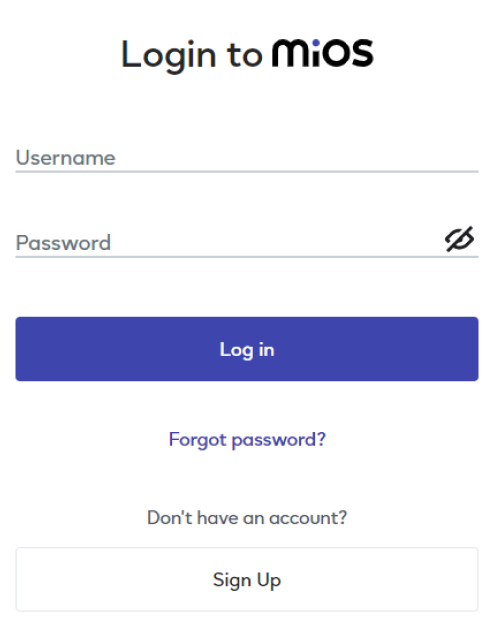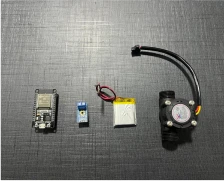
Discover smart innovation with EzloPi!
Flow monitoring and voltage monitoring with shunt voltmeter
The EzloPi smart devices provide automation through simple, customizable use with our open-source EzloPi platform, making daily life easier and improving human-machine interactions.
Before moving into this example, it is very important to know about the device registration, provisioning and converting the ESP32 device into an EzloPi device along with knowledge of Web Flasher, MiOS Mobile Application for Android/iOS and the MiOS Web Application.
1. About this example
The following project integrates the YF-S201 flow sensor and a voltage sensor module with the EzloPi device for real-time monitoring applications. The YF-S201 flow sensor accurately measures liquid flow rates, providing data through its pulse output. Simultaneously, the voltage sensor module acts as a shunt voltmeter to monitor battery voltage, enabling efficient power management. The system ensures reliable voltage detection and flow monitoring, which can be visualized via the MiOS dashboard. This setup is ideal for battery-powered flow management systems, water usage tracking, and energy-efficient automation applications, offering precision, simplicity, and integration flexibility.
3. Circuit Diagram & Interface
The following components are required for interfacing with the EzloPi device:
- ESP32 as an EzloPi smart device.
- Voltage sensor module.
- YF-S201 flow sensor.
- 3.7V battery
The wiring diagram for the ESP32 30 pin is represented as below:
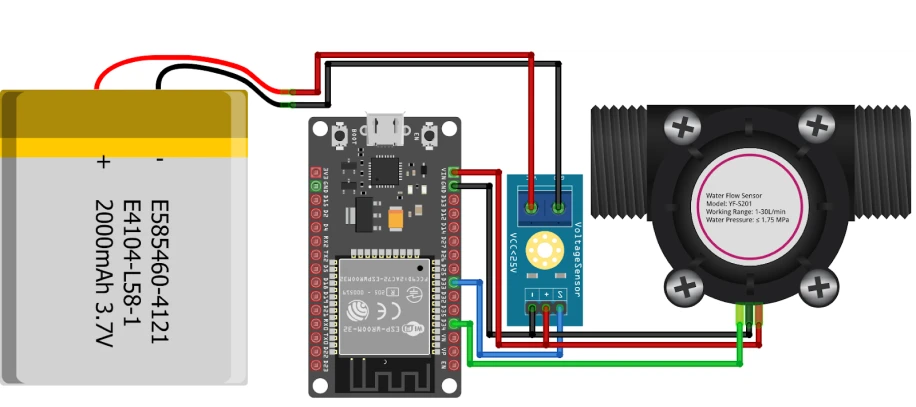
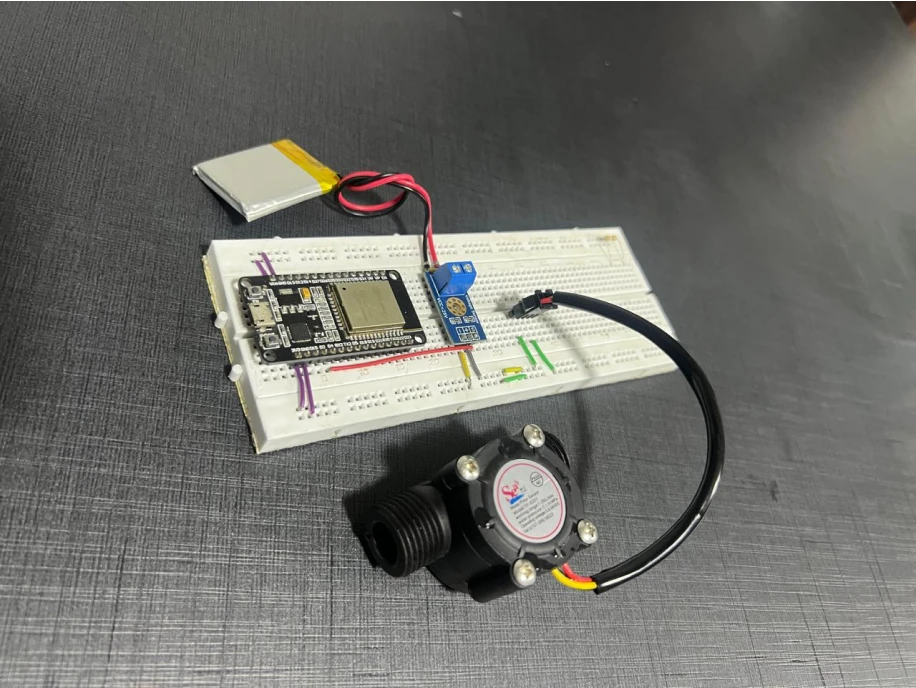
The following connections are made in order to complete the circuit setup:
From ESP32 to the Voltage sensor:
| ESP32 | Voltage sensor |
| VIN | +(VCC) |
| GND | -(GND) |
| D33 | S(Signal) |
From Voltage sensor to Battery:
| Voltage sensor | Battery |
| VCC | +(VCC) |
| GND | -(GND) |
From ESP32 to the YF-S201:
| ESP32 | YF-S201 |
| VIN | VIN |
| GND | GND |
| D32 | S(Signal) |
4. Interfacing the Voltage Sensor and Flow sensor using the EzloPi Web Flasher
1. Set up your device/hardware by visiting config.ezlopi.com
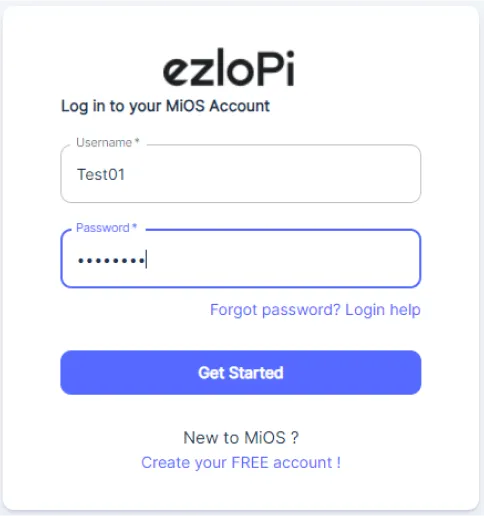
- Log in using the credentials which you just set earlier while signing up.
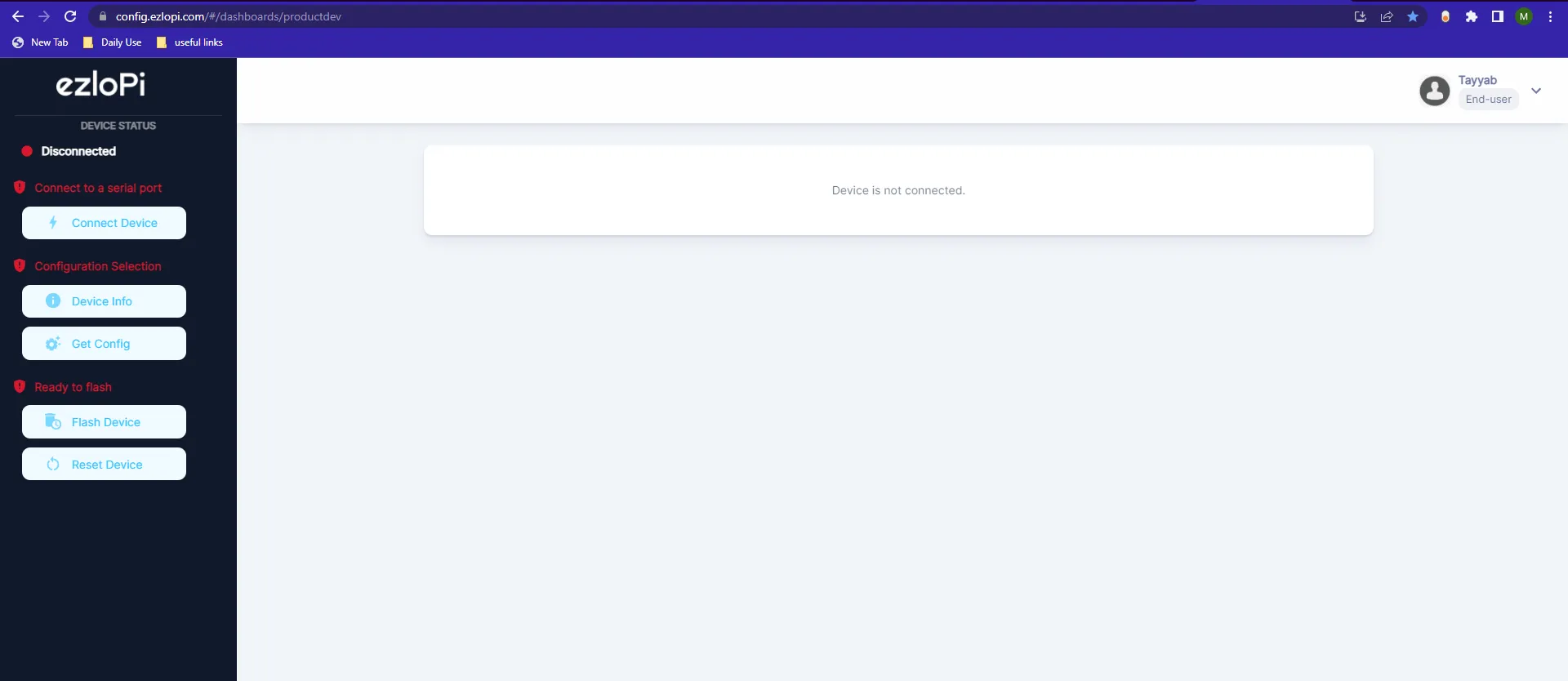
- Now, click on the Connect Device button and a pop-up window will appear.
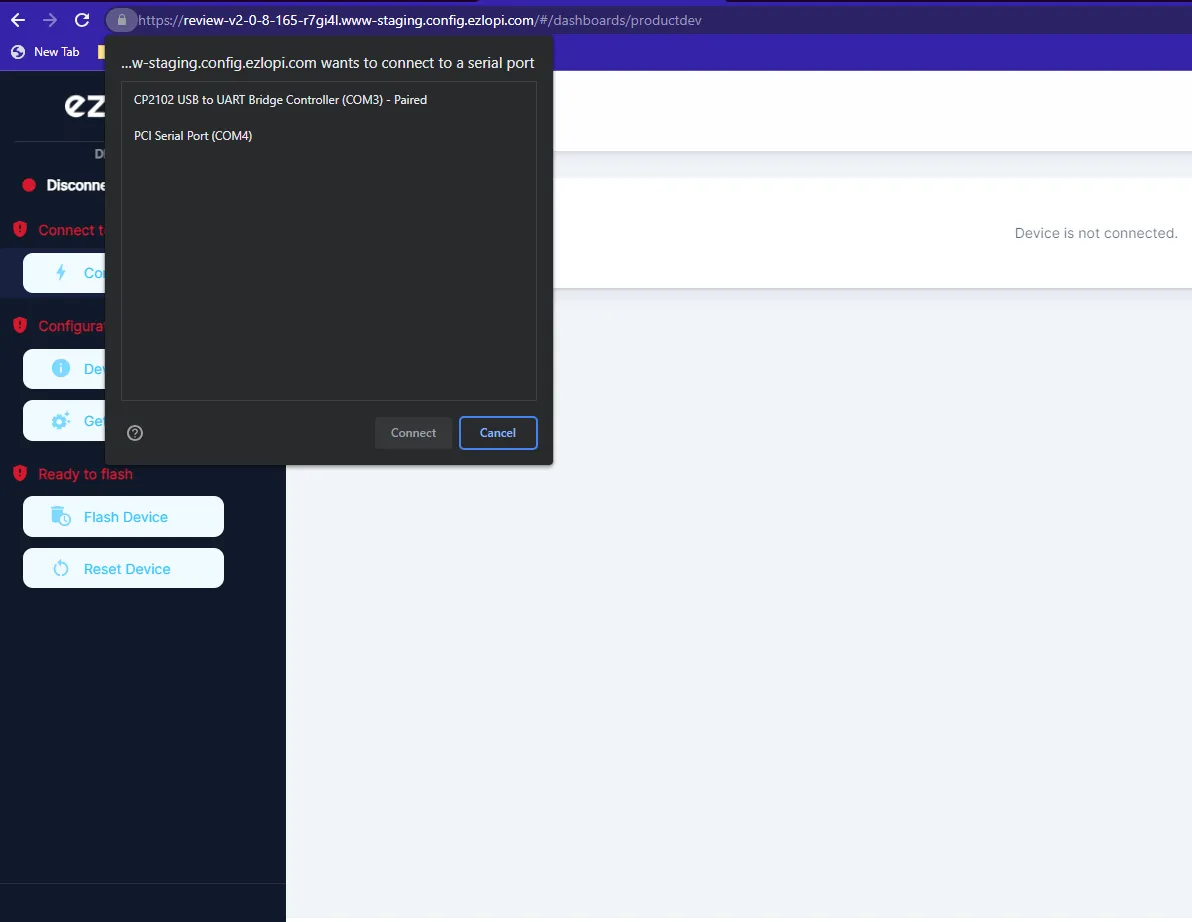
- Now, select COM Port to which your ESP32 device is connected. In our case, the COM3 port is used.
Click Connect
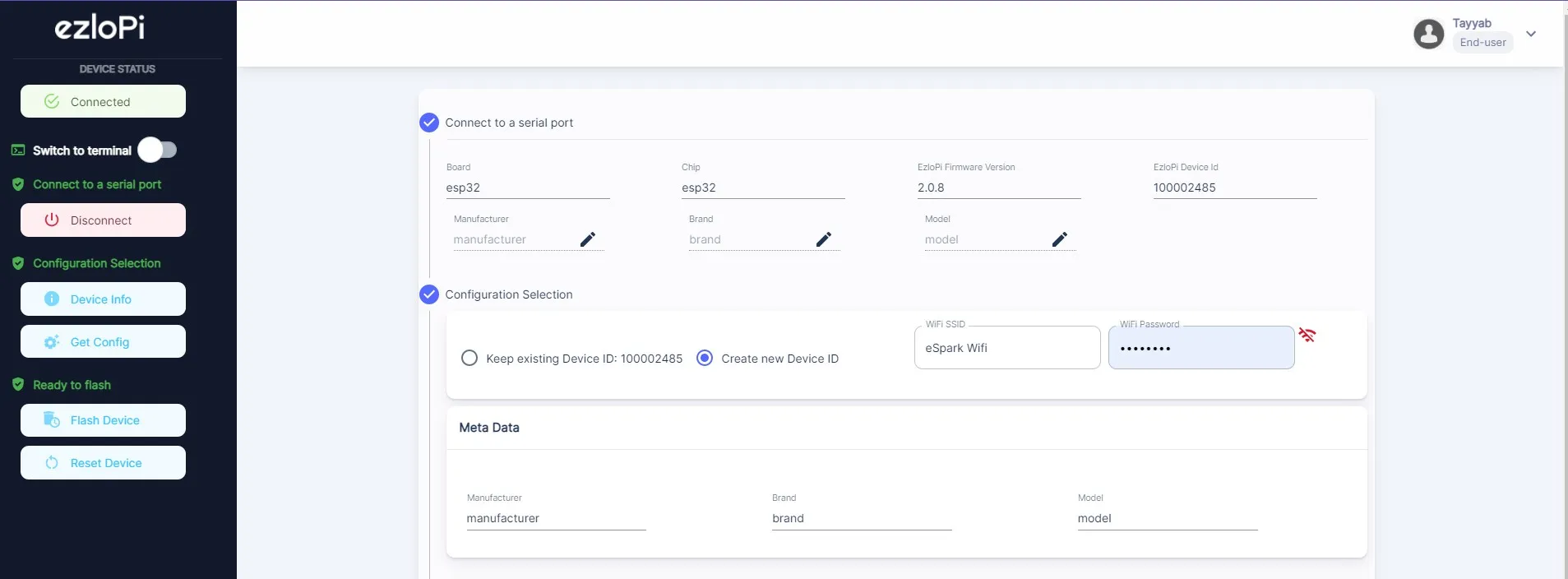
- f you are new to this and it's your first time configuring, select Create new Device ID. Click on the Configure Wifi button. Enter Wifi SSID and Wifi Password.
- In the Device Configuration, tab click on Analog Input.

- An Analog Input window will be opened for inputting the following parameters:
- Set the Device name of your choosing. In our case, we set it to the Voltage Sensor.
- Set the Device Subtype to Shunt Voltmeter.
- Set the ADC Input pin GPIO to 14.
- Set the Resolution to 10-bit.
- Then Click Apply Button.
- Again, In the Device Configuration, tab click on PWM
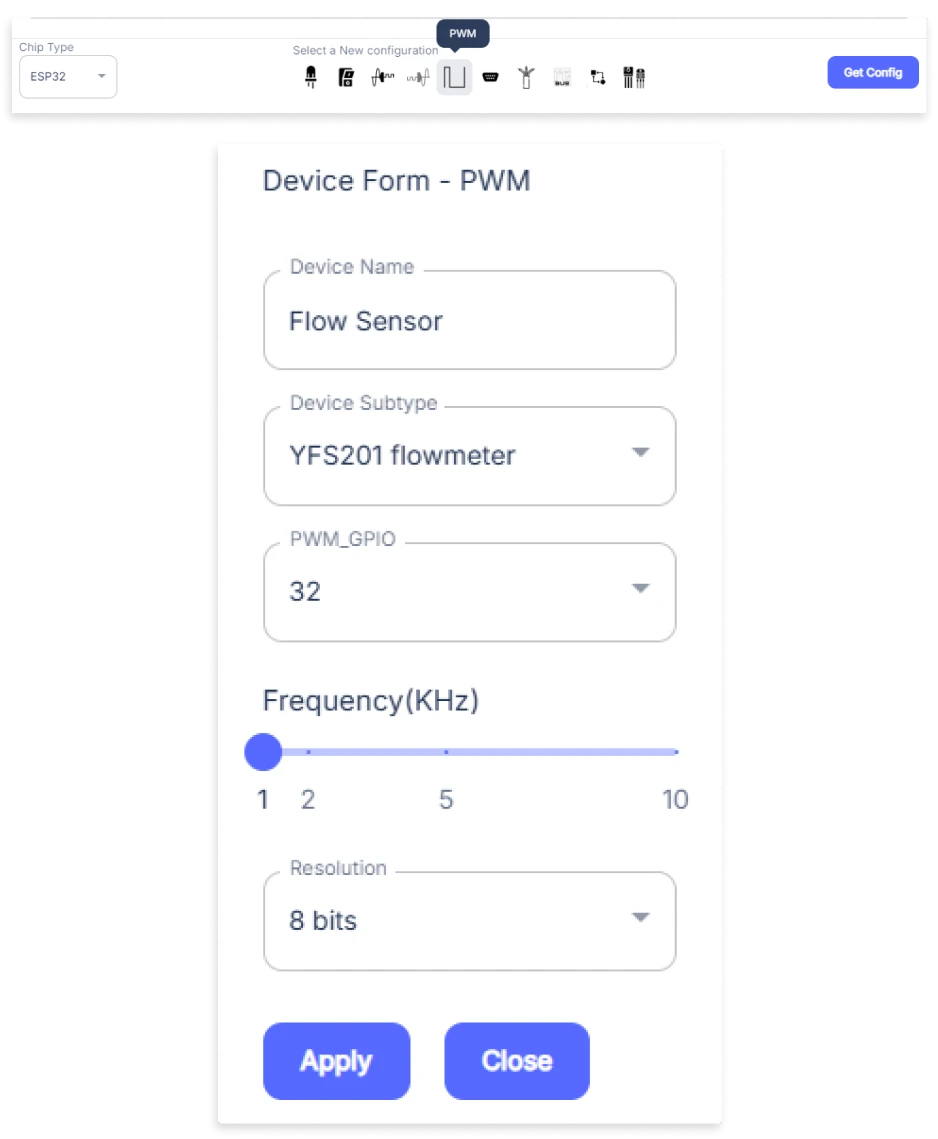
- A PWM window will be opened for inputting the following parameters:
- Set a Device name of your choosing. In our case, we set it to the Flow Sensor.
- Set the Device Subtype to YFS201 flowmeter.
- Set the PWM_GPIO to 32.
- Set the Frequency (KHz) from the Slider.
- Set the Resolution to 8 bits
- Then Click Apply Button
- After clicking the apply button you can see a table of your setting in the device configuration tab.
- Press the Flash Device button.
- A window will appear on the bottom right side of the screen displaying “Please press BOOT button while flashing begins.”
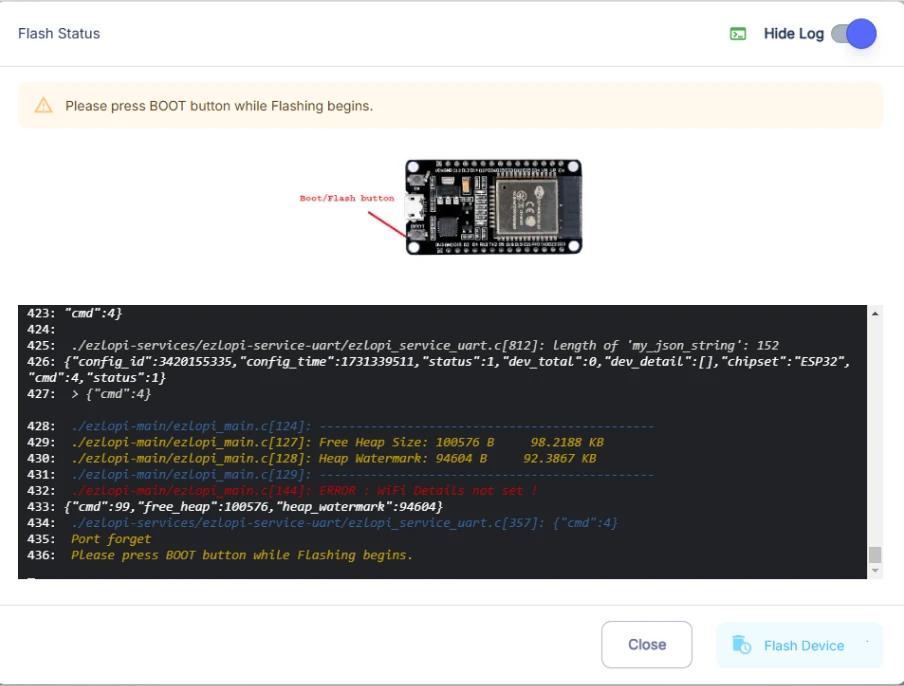
- Hold the BOOT button down until the next window appears on the bottom right side of the screen which says “Installation prepared. Please release the boot button now.”
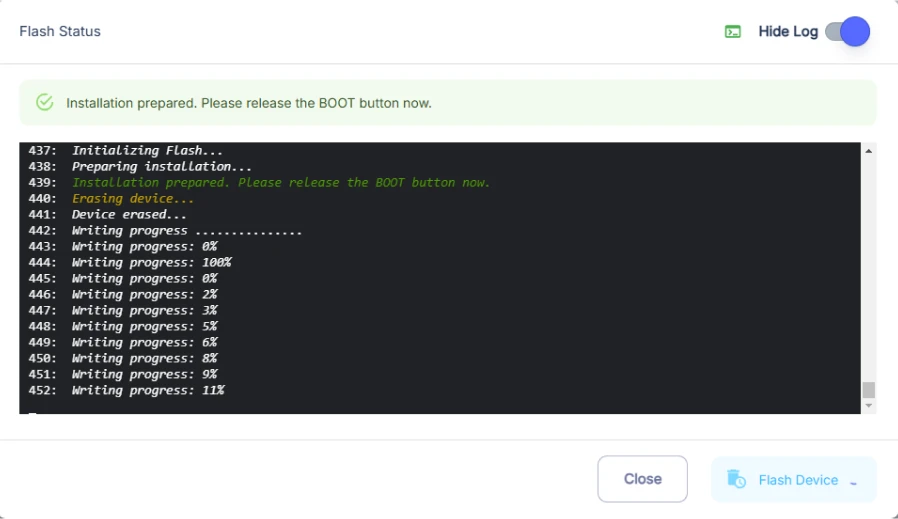
- Release the BOOT button from your ESP32 when this pop-up on the bottom right window appears.
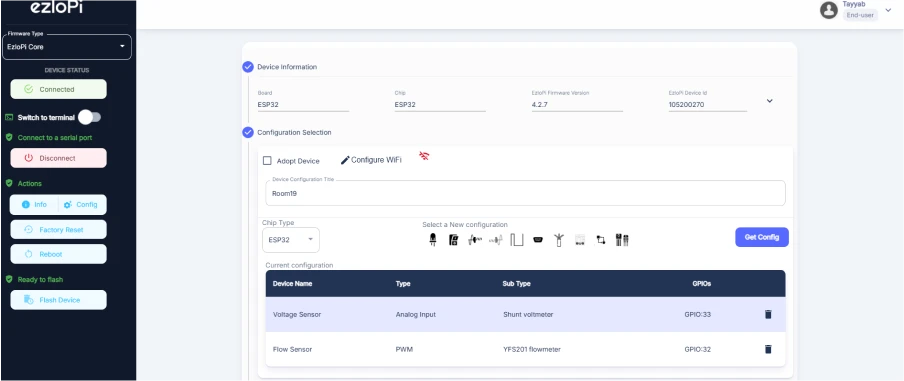
- After some time, a popup will appear saying Device Flashed Successfully! This means that your device has been set up successfully.
5. MiOS App
You can download the MIOS Android app from the Google Play Store and Apple App Store.
- After downloading the app, proceed to install the application and open it.
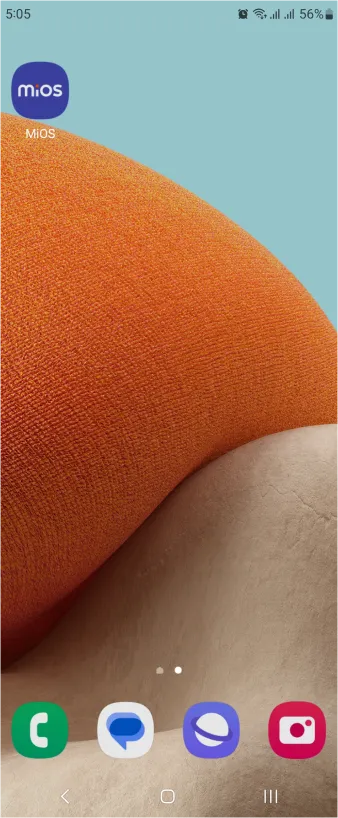
- Using the MIOS mobile application, create a new Ezlo Cloud account using the sign-up option. If you already have an account, you may proceed to log in.
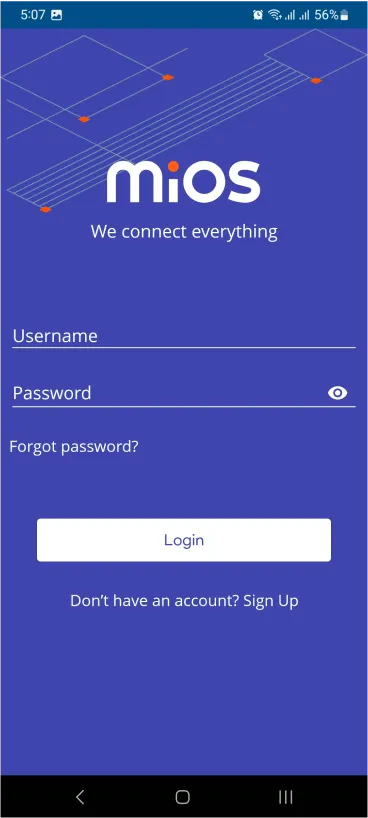
- After successfully logging in, you will be able to see the number of controllers connected such as a lamp, fan, or any other device in the MiOS app. Tap on any controller of your desired ID:
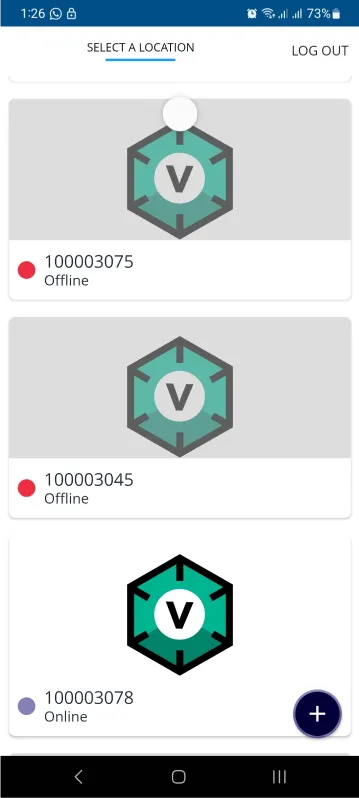
- You will be able to see the status of your controller whether it is online or offline. Access the device dashboard, and tap the device. The following view of the dashboard will appear:
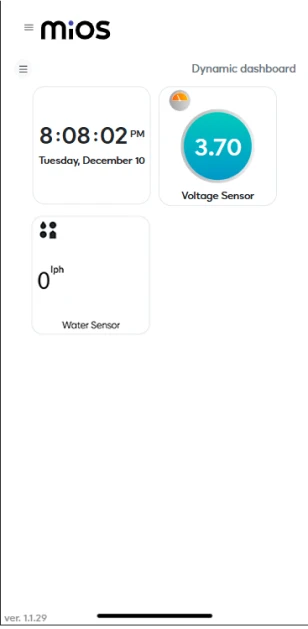
- After opening the MIOS mobile app, you will be able to see the tiles of your connected devices. The voltage sensor shows the battery voltage connected to the circuit whereas the flow sensor shows the flow of the water which we want to monitor.
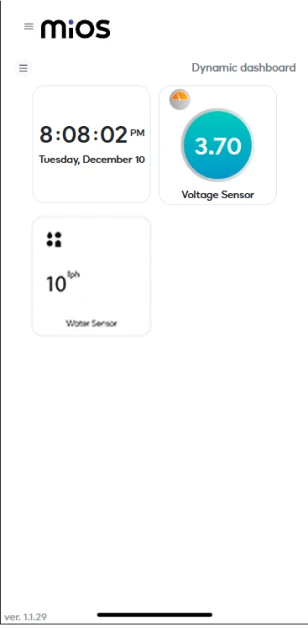
- Now, in the above picture, we can see that the voltage sensor shows battery voltage while the flow sensor shows the water flow rate. By this feedback, we can manage the flow of water.
6. MiOS Web Dashboard
- After configuring the controller with the EzloPi web flasher, head to ezlogic.mios.com
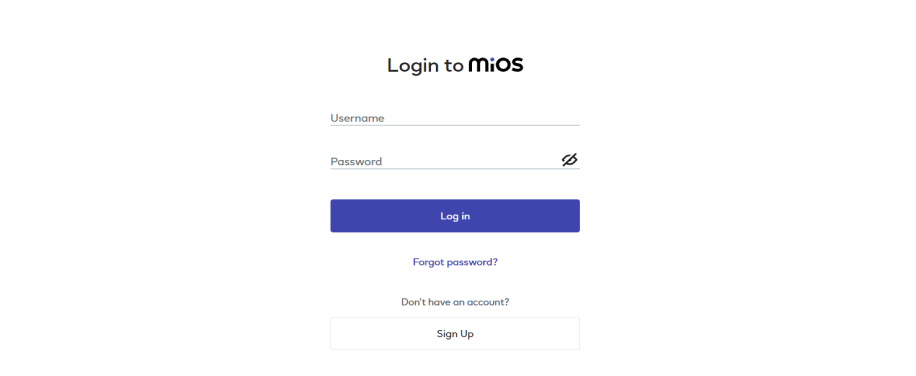
- Use the same credentials to log in that you used for configuring the controller with the web flasher.
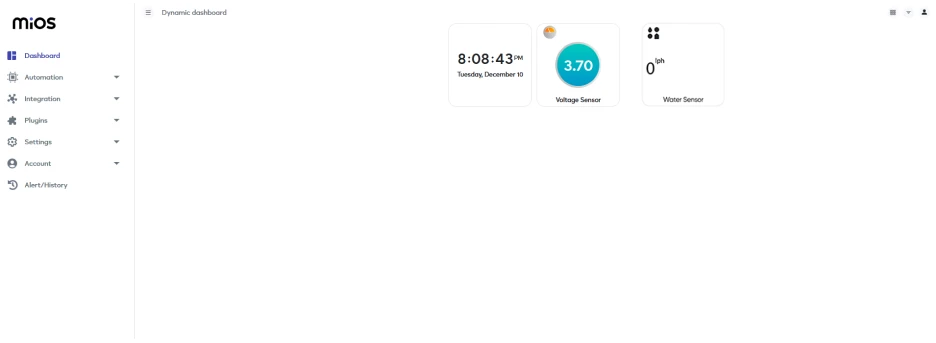
- After opening the MIOS web dashboard, you will be able to see the tiles of your connected devices. The voltage sensor shows the battery voltage connected to the circuit whereas the flow sensor shows the flow of the water which we want to monitor.
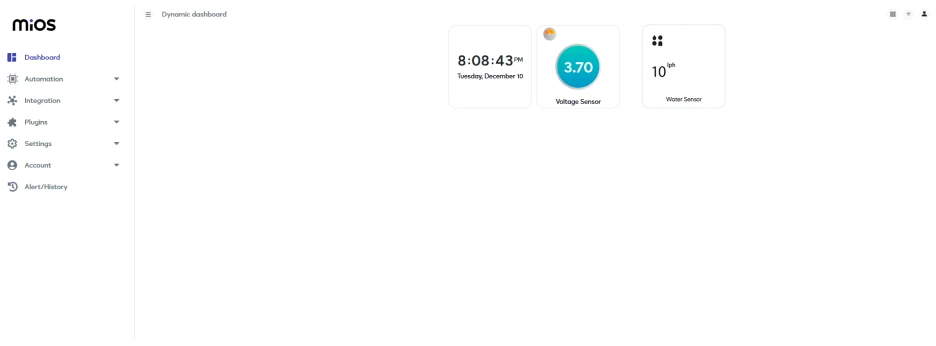
- Now, in the above picture, we can see that the voltage sensor shows battery voltage while the flow sensor shows the water flow rate. By this feedback, we can manage the flow of water.

eZlopie Products A single-channel 5V relay module $00.00

eZlopie Products Momentary switch $00.00

eZlopie Products Level Shifter Module (BSS138) $00.00

eZlopie Products ESP32
$00.00

eZlopie Products AC Lamp and Holder
$00.00











